Write it out & don’t follow your thoughts.
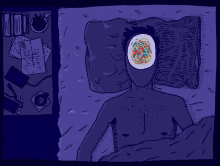
The majority of humans on earth, have experienced rumination.
It can get pretty intense right before bed, when it’s just you and your thoughts.
Rumination is when anything negative or memorable happens in your day, and you replay it over and over again in your head.
Trying to solve problems in your head, playing out scenarios of how you could’ve said something better, or wishing you said nothing at all…
 This is rumination.
This is rumination.
And it can leave you feeling exhausted, but still unable to fall asleep..
This is because you’ve tangled yourself in a web of thoughts that are making you a nervous wreck.
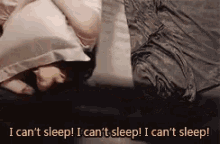
This blog post will teach you two ways to get those thoughts on paper and out of your tired mind, as well as, an acceptance method you can start following now, for better sleep.
How do I know if I’m ruminating or if it’s something else?🤔

If your thoughts sound something like this, then you are most likely ruminating:
“If I don’t fall asleep right now, I won’t be able to function tomorrow, and that means I’ll get fired and I’ll end up homeless”..
“I still need to finish my project, I have so much to do, and last time I failed—everyone probably thinks I’m an idiot. What if I’m never successful in life”…

And blah, blah, blah, etc. etc.
You get the idea…💭
Rumination is like an ongoing conversation in your head, that makes you feel powerless and frustrated.
However, you can do something about it.
2 writing techniques for better sleep.

Flip to a fresh page in your notebook…
Write down anything and everything that comes to mind.
Don’t worry about how it looks or sounds, you are the only one who will ever read it.. (you can even throw it away after, if you want).
The purpose of this is to get it all out on paper.
Anything that is bothering you, things you need to do tomorrow, your Amazon shopping list, future goals, your millions of worries…
Whatever it is, write it down!
This writing technique is called, “Anything that comes to mind, get it out on paper”. (Just made that up lol, but I’m sure you’ll remember it)…
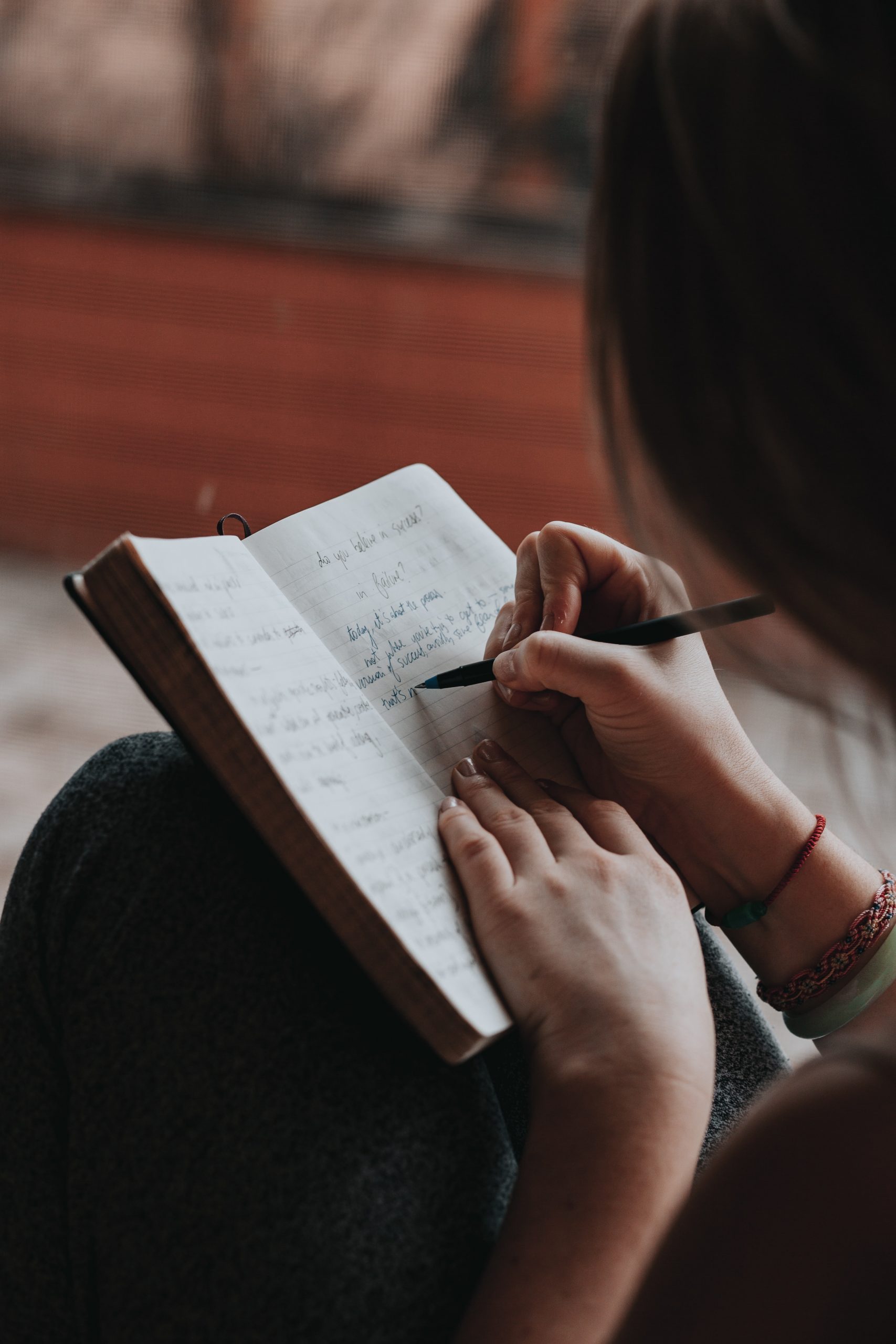
The second writing technique: Write out your to-do list
There was a research study, that happened at Baylor University…
The study took 57 adults and split them into two groups.
One group wrote down a list of things they had to do the next day, while the other group noted tasks they had already completed.
Both groups had 5 minutes, to write down their lists, and were instructed to go to sleep at 10:30 p.m.
Results showed that members of the to-do list group, fell asleep much faster, than those who focused on their “already completed tasks” lists.
This is because:
“Most people just cycle through their to-do lists in their heads, and so we wanted to explore whether the act of writing them down could counteract nighttime difficulties with falling asleep”— said Michael K. Scullin, Ph.D., director of Baylor’s Sleep Neuroscience and Cognition Laboratory.
These findings were published in the American Psychological Association’s Journal of Experimental Psychology.
If you’ve never written a to-do list before, don’t worry, because it’s super easy.
Watch this video to get an idea of how a to do list comes together.
Whatever you have to do in the near future, write that down.
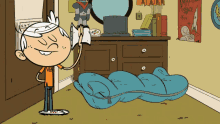
If you need to make your grocery list, do that.
If you have to make some phone calls the next day, then write those numbers down and maybe what you want to say.
Etc, etc.
A to-do list can get future tasks, out of your head for the night, and on paper.📃
When you wake up, you can grab that same list, and know exactly what you need to do for the day.
Why does writing at bedtime help you sleep better?
“Throughout the day, we have all these things cycling through our head.
Some of them seem to continue to cycle.
There’s something about the act of writing — physically writing something on paper — that tends to offload it a little bit, or help us hit the pause button on it.
The outcome seems to be that you decrease cognitive arousal, and that you decrease rumination and worry.
If you decrease those two things, it makes sense that you’re going to fall asleep faster, because having stuff on your mind is one of the main barriers to falling asleep at night.
Why would a to-do list be more helpful than a list of completed tasks?
When you have a task that’s unfinished, it’s on your mind more than any task you have completed.
If you test people’s memory for things that were unfinished versus things that were completed, people remember the things that were unfinished a lot better.
It seems that unfinished tasks rest at what we call a heightened level of cognitive activation.
We think that’s the key ingredient.
With our day-to-day lives and work schedule, unfinished tasks pile on one another and create this cognitive activation that’s difficult to set aside — unless, of course, you write about it.”—orginal source of this excerpt.
Bonus sleep tip: Don’t follow your thoughts
Once you’ve written down everything you need to do the next day, and everything that was bothering you…
It’s time to put the journal away, lay back, and ignore your thoughts until you fall asleep.
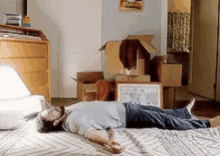
But that’s easier said, than done, right? 🤔🤔🤔🤔🤔
It’s all about acceptance.
Acceptance can play a huge role in how you sleep at night.
If you begin to accept the thoughts that arise, and stop fighting back with them…
You can stop the rumination.
Wanna know more?
All you have to do is refuse to respond to any thought that arises, and continue to do this until you are heavily relaxed.

Then continue saying “I’m not going to go there”.
You might have to repeat that phrase over and over again for 15 mins..
But by that time, you will be so relaxed and un-bothered, that you will actually fall asleep.
***Try this technique and let us know what happens in the comment section down below!🌛
Things you should know about your thoughts…
The important thing to know is that you are not the only one who over thinks and overanalyzes everything.
The voice in your head isn’t even you.

You are the observer of those thoughts—this means that you can watch them come and go like clouds.☁️☁️☁️
Watch this video to hear the truth about thoughts.
Dr. Claire Weekes teaches the loosen and accept method, where you refuse to tense up, and fight the thoughts.
Rather, you would loosen up your body, release all tension (like unclenching your jaw)…
And accept anything that you think or feel.
This puts you in a very relaxed state, so that you can fall asleep with ease.
Watch the video down below, to hear Claire Weekes give you an encouraging talk before bed.
This guy, Wonderbro or VacateFear (his channels new name), has recovered from anxiety and insomnia using Dr. Claire Weekes methods, and is now sharing her advice through his own YouTube channel.
Check out this video on sleep issues and acceptance.






